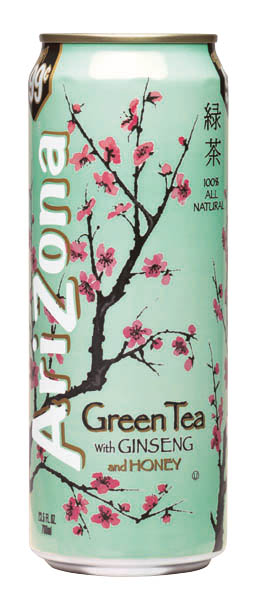Nine things you should unlearn about Tea...
http://www.chicagotribune.com/features/ ... 120.column
MYTH: Tea comes in many varieties. False! Only one plant gives us tea leaves—the Camellia sinensis. The differences in color and flavor among the three basic types—black, green and oolong—depend on how the leaves are processed. For black tea, the most popular type of tea in the U.S., the tea leaves are exposed to air, or allowed to oxidize. Green teas are less processed to preserve the green color and delicate flavor. Oolong tea is between black and green.
MYTH: Herbal tea is tea.
False! Even more shocking is that Rooibos isn't tea either. Technically, tea must come from the Camillia sinensis plant. Herbal teas such as Celestial Seasonings' popular Sleepytime product are made from other plants and called "tisanes." Rooibos or "red tea" is not a leaf; it's a seed from a bush that grows in South Africa. Though herbal teas can have health benefits, most of the research has been done on tea, not tisanes.
MYTH: Tea can help fight cancer.
True—if you're a rat. Studies show tea has a powerful cancer-fighting effect in rodents, said nutrition professor Jeffrey Blumberg, who runs the Antioxidants Research Laboratory at Tufts University. For humans, the data are less clear. But tea can help reduce your risk of heart disease, Blumberg told me. Catechins, a type of flavonoid, are what make tea healthy. Flavonoids are plant compounds known as phytochemicals. Tea is one of the most highly concentrated food sources of catechins.
MYTH: Black tea contains more caffeine than green tea.
False! Even though some black teas have names like "Awake" and green teas are called "Zen," the difference between green and black tea is in the processing, something that doesn't affect caffeine content. Because they're derived from the same plant, they contain similar amounts unless you brew your green tea for short periods. By the same token, green tea isn't healthier than black tea.
MYTH: You can decaffeinate a regular tea.
False! You can certainly try, as I have, by brewing a cup for 30 seconds, tossing out the water, and starting again. But this popular technique isn't backed by any evidence. If it does work, you're not just tossing out caffeine, you're also throwing out catechins and flavonoids, which tend to be released in the first 30 seconds.
MYTH: Drinking green tea will make you skinny.
False! Some scientists speculate that caffeine and EGCG—a highly active catechin in tea—may act together to increase fat oxidation. But study results are mixed, and the effects, if any, are so modest that they'll be wiped out by half an Oreo, said Blumberg. Still, tea has zero calories if you don't add milk, honey or sugar. (A 12-ounce Tazo Berry Chai Tea Infusion from Starbucks has about 190 calories.) So even if tea doesn't boost your metabolism, as some say, it can have a good substitution effect.
MYTH: Adding milk negates the health benefits of tea.
It might! But it might not. Only one study has shown that adding milk decreases the body's ability to absorb catechins in tea. But the results haven't been replicated, said Blumberg. The debate is whether the proteins in milk bind to the flavonoids in tea, potentially reducing them.
MYTH: Restaurants know how to serve tea.
Not necessarily. If they give you a cup of hot water with the tea bag on the side, you're forced to push the floating tea bag down with a spoon or, even worse, your finger. Bad, bad, bad! "Always put the tea bag in first, then add the water," Mark Ukra counseled in "The Ultimate Tea Diet" (Collins Living, $16.99). Ukra also wrote that if you're making it at home, put milk in first, then the tea bag and then the water. Others (including my husband) insist that you should add milk after the water. Use boiling water for black tea and brew three to five minutes. For green tea, steep for two to three minutes in water that was about to boil, says the Tea Association.
MYTH: Tea bags are lowbrow.
Actually, they come in classy whole-leaf mesh pouches these days. Michelle Wu, owner of Chicago's Loose Leaf Tea Loft, noted that loose-leaf teas are considered higher quality than bagged tea because the leaves are larger and have more room to expand and give up their flavor. If you do use tea bags, "buy a brand such as Mighty Leaf where you can actually see the tea leaves," said Susan Blumberg, author of "All the Tea in Chicago" (Des Voeux, $9.99).
_________________
Malum Prohibitum, Malum Habenae Regum Est.
I'm not Jesus. Stop punishing me for other people's sins.
True Liberty Expressed as Fiction:
http://www.bigheadpress.com/tpbtgn










